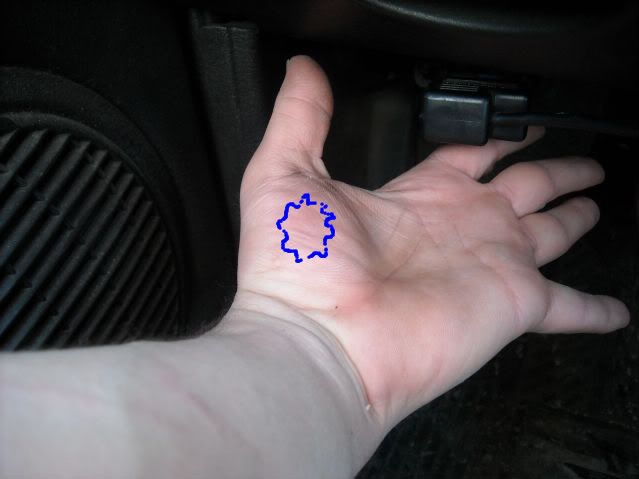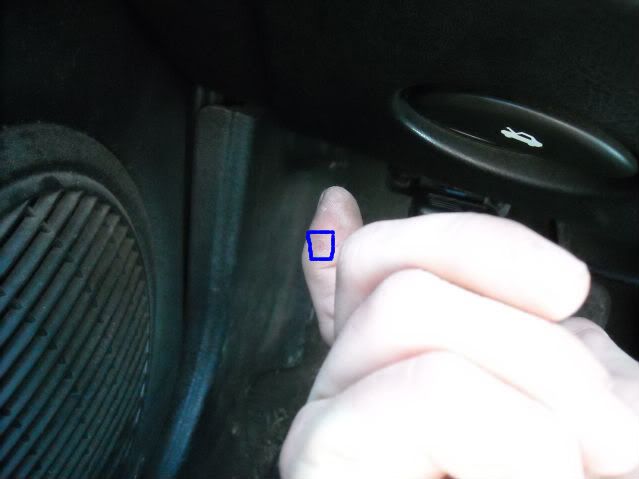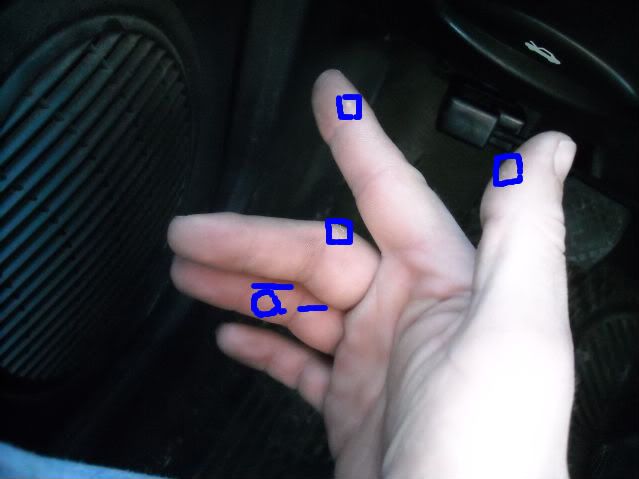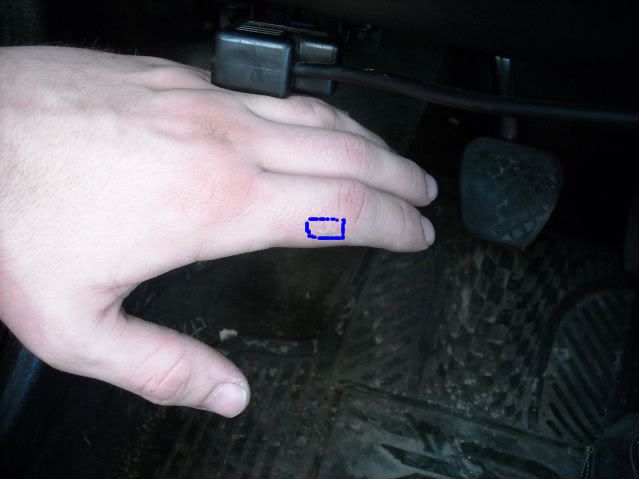This really only applies to those that reload. Every gun has a powder charge that will generally cycle the slide - sometimes eject the brass - sometimes not - sometimes it feeds, etc.
Basically, it's the charge level that most people want to avoid like hell because of all the problems it creates. Stovepipes, double feeds, failure to feed, failure to eject, empty brass in the chamber simulating failure to fire - nightmares.
I took the last 300 bullets I had and put it right at that charge for my 1911, and took about 2 hours to run through those 300 with a shot timer to clear whatever randomized malfunction came my way. It was excellent for me - I had no idea what malfunction was coming my way, and I had to problem solve, and do it quickly. It's also sobering as hell seeing the shot timer telling you how slow you really are - especially when you're doing your best to work with the gun muzzle downrange up by your head, so you can see what's going on around you. That malfunction that was easy to clear if you hunched over to gain leverage suddenly isn't so easy.
Anyways, instead of focusing on the gun like a lot of folks do, I try to focus on my hands. Where they move, how fast they move, how they move, what they react to, how they index to my gear and my gun, etc.. I can't take pictures at the range due to my camera being held together with a bolt - hillbilly, but it works good enough.
So, here's the aftermath of a few hours of malfunction clearance drills, and what they'll do to your hands.
Circles are blisters.
Lines are calluses I've built up from shooting pistols.
Squares are chunks of missing skin - some were bleeding, stopped it before the pics was taken.
Squiggly looking circle is a slowly forming bruise from slamming mags in at full speed without taking a break.
I have no idea how I got some of these, but they're there. I'm right handed to give a frame of reference.













 Reply With Quote
Reply With Quote



